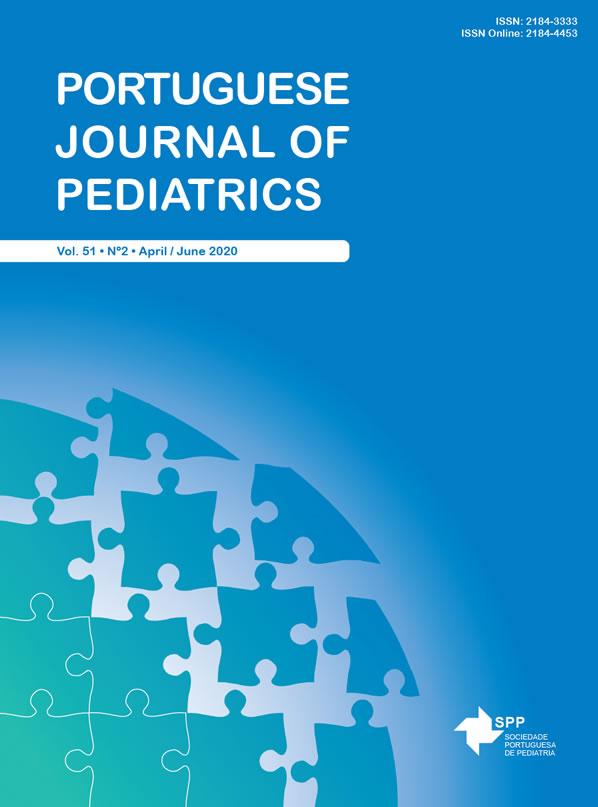Conservative Treatment Protocol for Pediatric Trigger Thumb
Date of submission: 23-05-2019 | Date of acceptance: 15-11-2019 | Published: 02-04-2020
DOI:
https://doi.org/10.25754/pjp.2020.17929Abstract
Introduction: Pediatric trigger thumb is an uncommon condition. The aim of this study was to evaluate the outcome of our conservative treatment protocol for pediatric trigger thumb.
Methods: This was a retrospective study on a group of children with trigger thumb who were treated by the same physiatrist. Since 2008 till 2018, the same conservative treatment protocol was used for all patients. It consisted of using a splint and passive exercises. Splint application terminated either when the patient gained full range of active motion without snapping, or underwent surgical intervention.
Results: 126 trigger thumbs in 98 children were treated according to our protocol. Mean age at first observation was 33.0±18.1 months. At diagnosis, 27.8% of the thumbs were grade 1, 60.3% were grade 2, and 11.9% were grade 3. The average follow-up was 10.8±6.4 months. At final observation 71.4% of the thumbs were grade 0A and 17.5% were grade 0B. The remaining thumbs either could be extended actively in spite of triggering (7,9%) or only passively (2,4%). Just one case (0.8%) had complete blocking. Our treatment protocol presented a high rate of satisfactory results, with 93.7% of patients having complete symptom resolution. The success rate was higher in the younger group. Bilateral cases and initial grade 3 triggered thumb couldn’t relate with worse outcomes.
Discussion: Conservative treatment of pediatric trigger thumb showed a high rate of success. This is important information to emphasize and be passed on to parents and may avoid unnecessary surgery in many cases.
Downloads
Downloads
Published
Issue
Section
License

This work is licensed under a Creative Commons Attribution-NonCommercial-NoDerivatives 4.0 International License.









